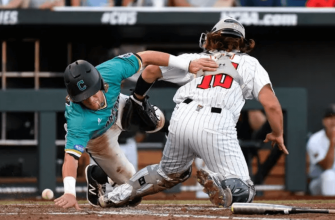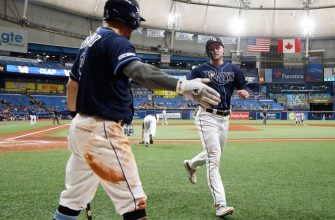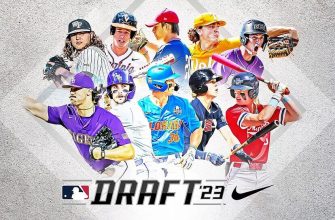Baseball, often praised for its rich history and intricate rules, occasionally introduces concepts that add an extra layer of complexity and strategy to the game. One such intriguing element is the concept of a “ghost runner.” If you’ve ever wondered about this enigmatic term and its role in baseball, you’re in the right place. This guide aims to unravel the mystery behind ghost runners, exploring their meaning, rules, and scenarios in the context of the beloved sport.
What is a Ghost Runner in Baseball?
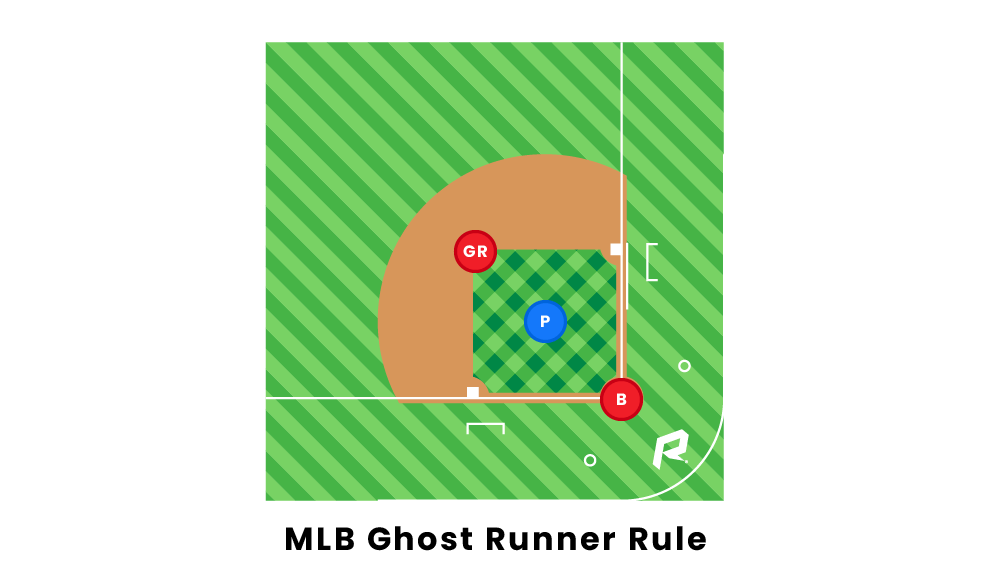
A ghost runner, also known as an invisible runner or phantom runner, is a rule used in extra innings of MLB games to help speed up the pace of play. The rule was first tested in the minor leagues before being implemented in MLB in the 2020 season (Wikipedia).
With the ghost runner rule, each team starts their half of the extra inning with a runner on second base who is not one of the players from the team’s lineup. This runner is called a “ghost” or “phantom” because they are not actually a real player on the team. The idea is that by starting each extra inning frame with a runner in scoring position, teams have a better chance of scoring and ending the game sooner.
The rule was initially introduced temporarily during the shortened 2020 season as a response to COVID-19, but it became permanent for all regular season extra inning games beginning in 2022. It remains controversial among some baseball purists, but has succeeded in reducing extra inning game times.
How Ghost Runners Work
The ghost runner rule, also known as the extra-innings tiebreaker or runner on second rule, was introduced in Major League Baseball (MLB) in the 2020 season as a way to speed up extra-inning games. The rule places a runner on second base at the start of each half-inning after the ninth inning. This “ghost” runner is treated as a normal baserunner, but does not count as an official at-bat for the player.
The rule is intended to increase the chance of a run being scored in extra innings and thus end prolonged games sooner. Stats show that a team with a runner on second base with no outs has a 35% chance of scoring. The rule adds excitement and urgency to extra innings without significantly altering the fundamentals of the game. Managers must strategize whether to bunt, swing away, or play for the big inning with the ghost runner in scoring position.
Fans are still treated to tense, meaningful extra-inning action under this rule.
Origin of the Rule

The ghost runner rule was first introduced in the minor leagues in 2018 as an experiment to help speed up extra inning games and protect pitchers from overuse. It was adopted by Major League Baseball in 2020 as a temporary measure for the shortened COVID season. The rule placed a runner on second base at the start of each extra inning.
MLB implemented the rule to avoid lengthy extra inning games that can tax bullpens, as well as reduce injury risk to players. While controversial at first, it helped ensure games progressed at a steady pace. After receiving positive feedback from players and managers, MLB decided to extend the rule to the 2021 season.
Based on the success over the past few years, MLB has now made the ghost runner permanent for all regular season games moving forward. However, it will not be used during the playoffs.
Strategy and Tactics
The ghost runner rule has led to some interesting strategic decisions for teams in extra innings. With a runner automatically placed on second base to start each half-inning after the 9th, the dynamics change significantly. Managers must weigh more aggressive options to try to drive in that runner versus playing for multiple runs.
One of the most common tactics is to bunt the ghost runner over to third base, sacrificing an out to get him in better scoring position with just one hit needed to drive him home. Some analytics suggest teams should be bunting far more often in this scenario. However, the success rate of close plays at third and risk of double plays complicate the standard bunting calculus.
Situational hitting also becomes critical with a runner on second and no outs. Teams try to balance swinging aggressively to avoid double plays while also not giving away outs on weak contact. The ghost runner fundamentally changes the win probability matrix teams use to decide when to play for one run versus multiple runs. Teams have deployed a wide array of strategies, with no consensus on ideal tactics emerging yet.
The rule has made late innings more dynamic but at the cost of some traditional baseball strategy.
Arguments For

One of the main arguments for the ghost runner rule is that it speeds up extra inning games and reduces player fatigue. Ever since its introduction in Minor League Baseball in 2018 and MLB in 2020, the average time of extra inning games has decreased significantly. With a runner automatically placed on second base to start each extra half-inning, teams have more incentive to drive in the winning run sooner rather than playing countless extra frames.
This results in fewer marathon games that can tax bullpens and position players. According to research, MLB players and managers have largely embraced the rule because it reduces fatigue and potential injuries during extra innings. While traditionalists may prefer “pure” extra innings starting with an empty base, the ghost runner has achieved its intended purpose of shortening extra inning contests while still allowing teams chances to battle for the win.
Arguments Against
Many traditionalist baseball fans and commentators argue against the ghost runner rule for being artificial and gimmicky, as well as against the spirit of the game. They believe it fundamentally changes extra innings by giving teams unearned baserunners, rather than letting teams manufacture runs themselves through hits, walks, steals, sacrifices, and errors.
Critics say the rule diminishes late-inning comebacks, walk-off wins, and rewarding teams who can outlast their opponents. It takes away much of the tension, drama, and strategy surrounding extra innings that make baseball unique. Some argue the rule should only apply after the 12th or 13th inning, as a way to limit extremely long games rather than changing every extra inning.
Overall, opponents believe the ghost runner conflicts with baseball’s spirit of fairness, earn-your-way mentality, and tradition of playing as many innings as needed to determine a winner. They see it as an unnecessary, inauthentic gimmick that caters to shortened attention spans rather than embracing baseball’s history.
Notable Games
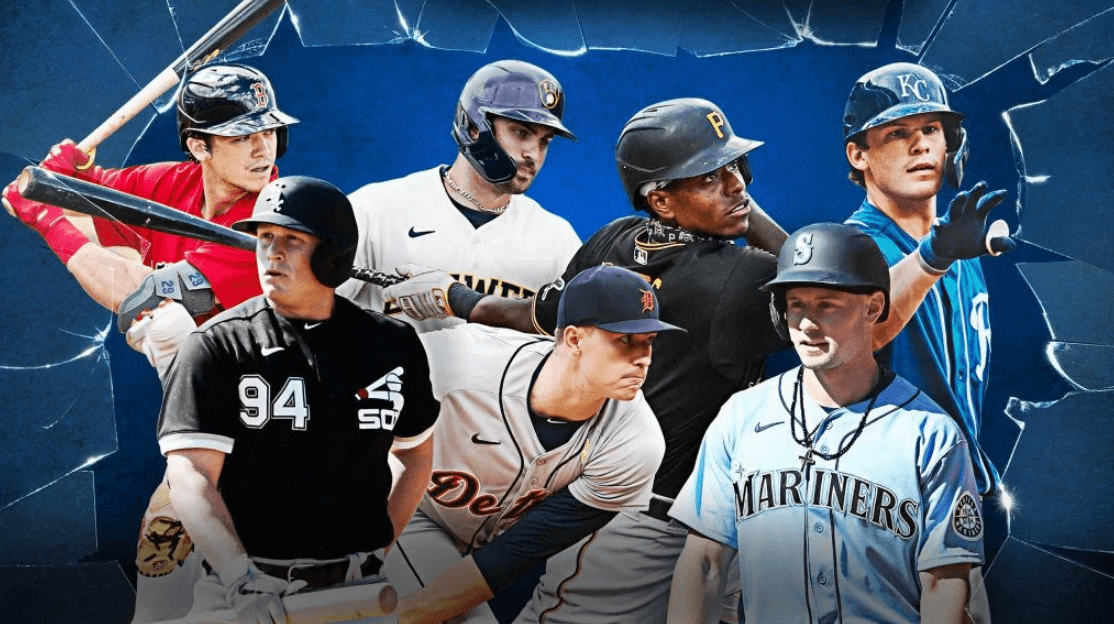
The ghost runner rule has impacted several notable games and moments throughout baseball history. In game 4 of the 2020 NL Wild Card Series, the Atlanta Braves and Cincinnati Reds went to the 13th inning tied at 0-0. Both teams started the inning with a ghost runner on second base, and the Braves drove theirs in on a single to win the game 1-0 and advance to the next round.
Similarly, in game 3 of the 2021 ALDS between the Boston Red Sox and Tampa Bay Rays, both teams were scoreless going into the bottom of the 13th inning. The Red Sox had a ghost runner on second base and got a walk-off sacrifice fly to win the game and avoid elimination. This was the first playoff walk-off with the new extra innings rule.
The rule has led to more late game scoring and heightened drama in tight playoff games. While traditionalists may not like the rule, it’s led to memorable endings for games that may have otherwise continued on indefinitely. The ghost runner impacts close games in high leverage situations.
Stats and Data
The ghost runner rule has had a significant impact on extra inning games since its introduction in 2020. According to stats compiled by Fangraphs, the percentage of extra inning games ending in the 10th inning or earlier has increased from around 41% prior to the rule change to 58% since. This shows that extra inning games are ending more quickly with the ghost runner in place.
In terms of win probability, the home team starts each extra inning with a 54% chance of scoring the ghost runner and winning the game. However, their overall win percentage in extra innings has only seen a nominal increase, from 50.1% pre-rule change to 52.8% post-rule change.
While extra inning games are shorter on average, the impact on win probability has been minimal according to the data. Teams are still winning extra inning games at roughly a 50/50 rate, but with fewer innings required. The ghost runner appears to be achieving the goal of reducing game length while maintaining competitive balance.
Future Outlook
The future of the ghost runner rule in MLB is still being debated. As of now, the rule will remain in place for the 2023 MLB regular season after being made permanent in February 2023. However, there is discussion around whether the rule could expand to the minor leagues or eventually fade away in future seasons.
Some argue the rule should expand to the minors as a way to quicken extra-inning games and prevent player fatigue. Others say it fundamentally changes the game and undermines late-inning comebacks. The rule has led to more games ending in the 10th inning but also increased scoring in extra frames.
It’s unclear if the ghost runner will remain permanent long-term or be reevaluated again after 2023. For now, MLB seems intent on keeping it to improve pace of play and protect player health. But opposition remains over altering such a core component of the game. The debate continues over whether the ghost runner enhances excitement or detracts from baseball’s tradition. Its fate beyond the 2023 season is still to be determined.
Key Takeaways
The “ghost runner” rule in extra innings of baseball games has brought both controversy and excitement since its implementation in 2020. While some traditionalists argue against the manufactured runner on second to start extras, proponents point to improved pace of play, strategy implications, and thrilling finishes.
Ultimately, the ghost runner appears here to stay. While still gaining acceptance across baseball, it has already produced memorable moments and helped reduce marathon extra-inning games. As with many changes, initial resistance gives way to adaptation over time.
By placing automatic runners on second base in extras, Major League Baseball aimed to end extremely long games and put more action on the basepaths. The rule has achieved those goals. Teams now must strategize aggressively when given a prime scoring chance right away. Managers balance playing for one run or a bigger rally. Fans see late excitement even when innings continue mounting.
While baseball history lacks ghost runners, the rule stays true to the spirit of competition and entertainment. Data shows it reduces game length while maintaining integrity. Though it takes getting used to, the ghost runner gives players more ways to showcase their skills when contests go deep into extra frames. For better or worse, this controversial innovation leaves a unique mark on baseball’s evolving history.


